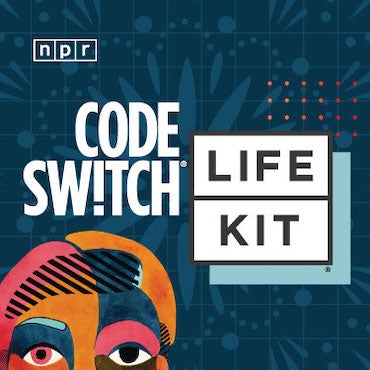Autism Research: Causes and Treatment
Part 2 of this 2 part series explores the state of autism research.
The National Institutes of Health projects that funding for autism research will rise in the coming year by $19 million, more than 13 percent. Advocacy groups like Autism Speaks have also committed millions in new research funding. The Delaware Valley is home to several new autism centers. Are scientists coming closer to making important discoveries? In the second of a two-part report, Maiken Scott of WHYY’s behavioral health desk explores the state of autism research.
Listen: [audio:090723msautism2.mp3]
The autism community uses a puzzle piece as their logo. And to scientists, this developmental disorder that affects people in a broad spectrum of ways certainly seems like an intricate puzzle. One they are solving one tiny piece at a time
Bob Schultz, directs the new Center for Autism Research at the Children’s Hospital of Philadelphia:
Schultz: It really could be dozens and dozens if not hundreds of separate factors that cause autism, and that those factors combine in unique ways for each child. So any two children behaviorally will share similarities, and at the causal level they also share similarities, but maybe not the exact set, the exact combination of factors
Schultz says understanding the disorder’s causes has to be a research priority:
Schultz: It’s kind of hard to fix something if you don’t know in what way things initially were broken. And so it only makes sense to focus on how things were broken in order to develop better treatments.
Autism is diagnosed far more often than it used to be. In the 1990s, the official estimates were 1 in 1000. Today, the number is 1 in 150. David Mandell, associate director of the autism center at CHOP, says about 80 percent of this increase is due to better diagnostic tools.
Mandell: There is still some part of that increase that’s due to something we don’t understand. Chances are it’s something environmental. Now every study we have done, suggests that there is no association between vaccines, which is the big environmental thing that people are worried about, and autism. what we are looking at is probably some gene environment interaction.
Scientists at the children’s hospital of Philadelphia are focusing on genetic causes, and recently discovered several gene mutations linked to autism. David Mandell says this kind of research could provide clues why therapies and interventions don’t work for some children.
Mandell: How do the brains of these children look different than the brains of children who are responding to treatment? how do their genes look different?
Mandell works closely with the school district of Philadelphia. That’s an important step says Dr. Michelle Rowe, who heads the new Kinney Center for Autism Education and Support at St. Joseph’s University:
Rowe: We should definitely be tracking school age children to see which therapies, since kids spend most of their time at school, looking at those therapies and tracking that through research would be helpful for future generations.
New Jersey just designated six Autism Clinical Enhancement Centers. The state has the highest autism incidence in the nation. Child Neurologist Dr. Mark Mintz heads one of these centers in Voorhees:
Mintz: There’s a need to provide support, and particularly a need to understand the disorder a lot better and to identify it at an earlier time, earlier identification will lead to earlier treatment, earlier treatment leads to better outcomes and better quality of life.
Right now, the average age of diagnosis is between 5 and 6 years old – and early interventions should start in the first years of life.
In addition, David Mandell sees a worrisome disconnect between research and practice:
Mandell: There are all sorts of interventions out there, and parents are calling us and saying what is the evidence, and what do you think is an appropriate intervention, and we can’t tell them. The second part of that is what we know is much greater than what we do. and so we know a lot about what interventions should look like but if you go into the community and look at practice, it doesn’t look like the standard of care.
Michelle Rowe says the Kinney Center at St. Joe’s will try to bridge that gap through training therapists, teachers and families. Rowe says researchers and therapists have to keep the ultimate goal in mind:
Rowe: Everyone has an opportunity to do the best that they can, and we need to provide those same kinds of opportunities for individuals with autism.
WHYY is your source for fact-based, in-depth journalism and information. As a nonprofit organization, we rely on financial support from readers like you. Please give today.

